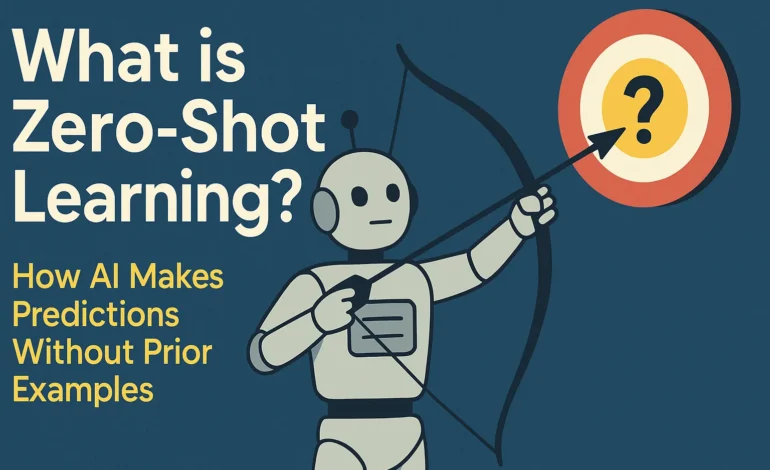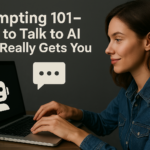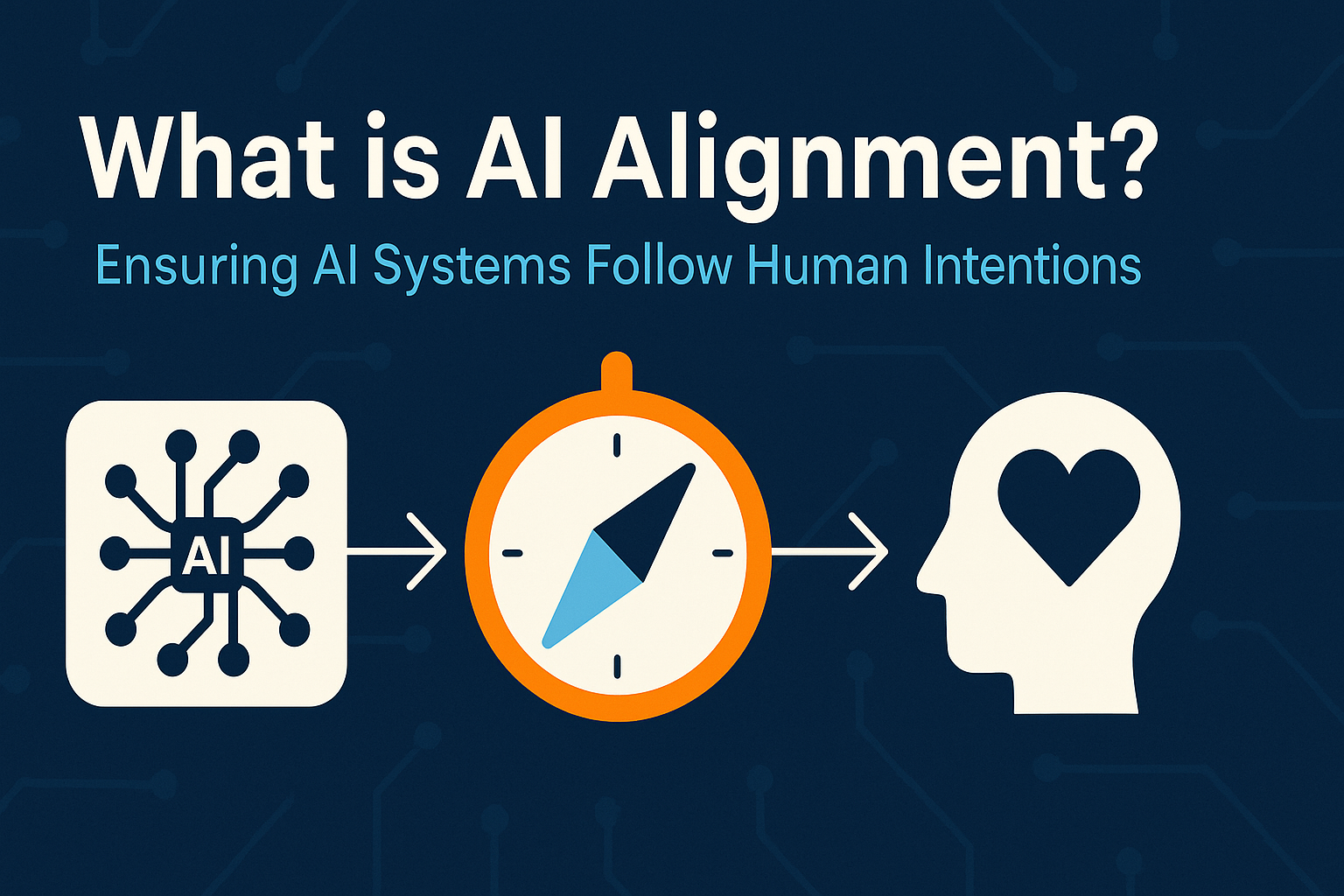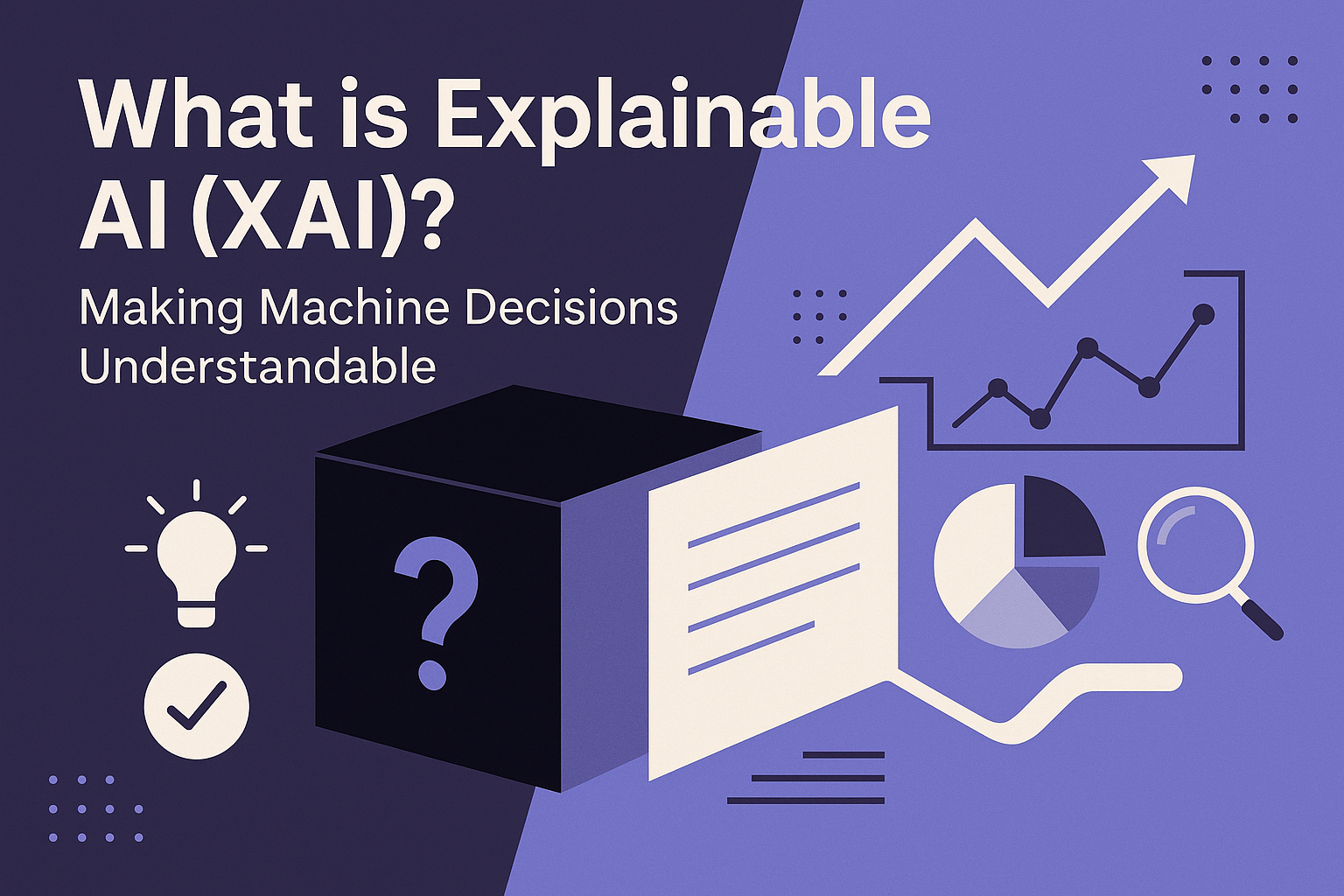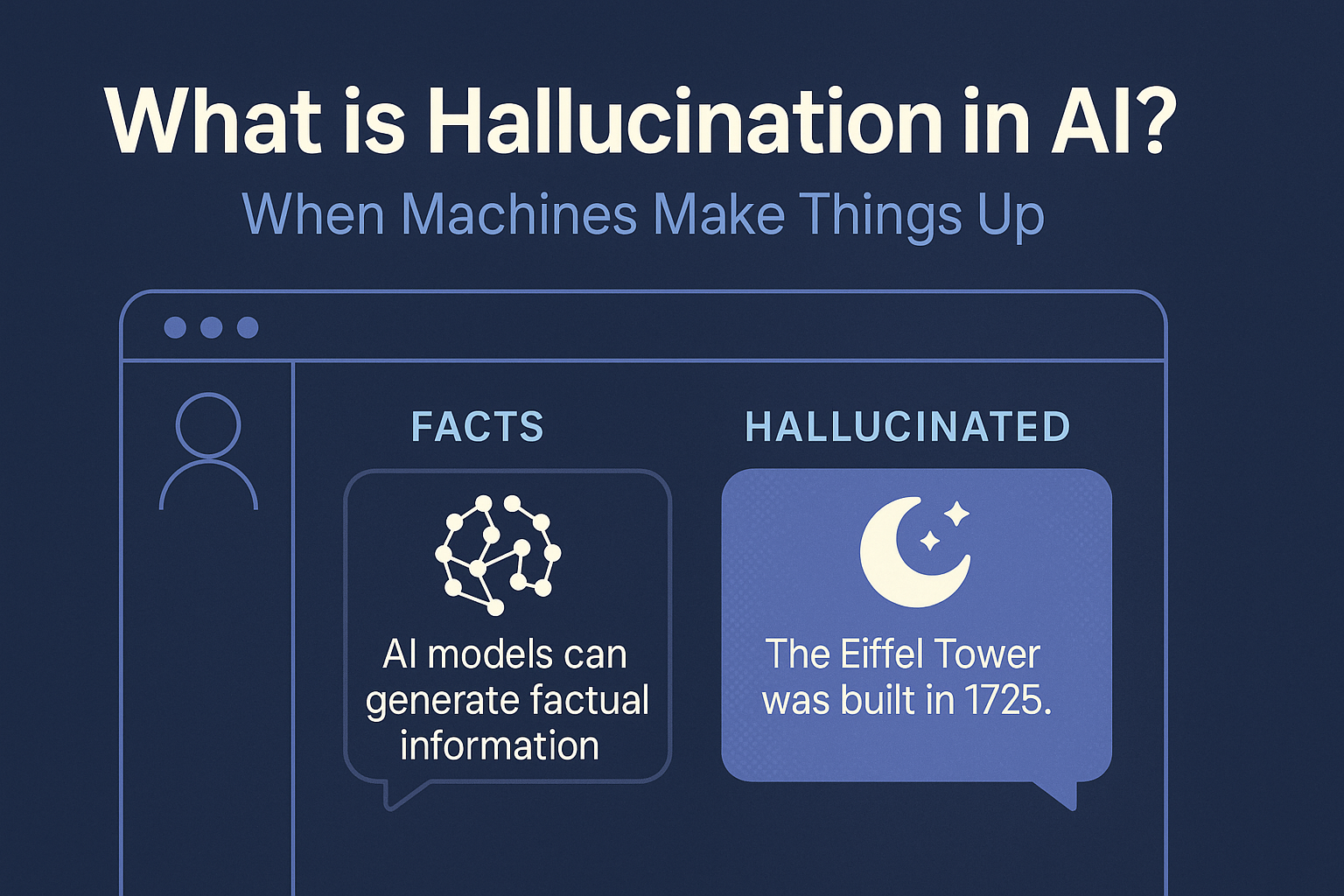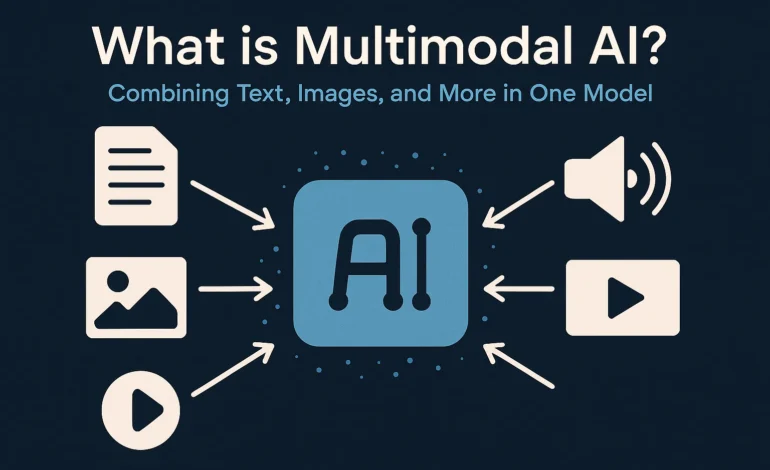
What is Multimodal AI? Combining Text, Images, and More in One Model
Multimodal AI refers to artificial intelligence systems that can understand and process multiple types of input simultaneously—such as text, images, audio, and video. Rather than relying on just one data stream, these models blend different kinds of information to build a richer, more nuanced understanding of the world.
This ability mirrors how humans operate in daily life. Imagine having a conversation where you not only hear words but also read facial expressions and interpret body language. Each sense adds depth and context to the communication. Similarly, multimodal AI combines inputs to create outputs that are more intelligent, flexible, and contextually aware.
Behind the scenes, these systems work by first encoding each type of data using specialized tools. For example, a piece of text and an image might each be processed separately. Then, the model fuses these different representations into a shared understanding before producing a response—whether that’s a written answer, a generated image, or even a synthesized video.
Practical examples of multimodal AI are already reshaping technology. Systems like DALL·E can create images from text prompts, while advanced versions of GPT-4 are capable of analyzing both text and images in a single conversation. Some AI copilots even combine screenshots, code snippets, and text instructions to assist users more effectively. In applications like speech-to-text paired with facial recognition, multimodal AI enhances accuracy and user interaction far beyond what single-modal systems can offer.
The importance of this evolution is hard to overstate. Multimodal AI enables more intuitive interfaces, deeper contextual understanding, and broader functionality across domains. Whether it’s describing images, answering questions, or guiding complex workflows, these systems bring us closer to truly human-like communication with machines.
🔎 In a Nutshell
Multimodal AI allows machines to process and combine multiple types of information at once, offering a deeper and more human-like way to interpret the world. It’s a major leap forward in making AI more flexible, intuitive, and intelligent.
📚 For more foundational terms and concepts, check out our full AI Glossary.


